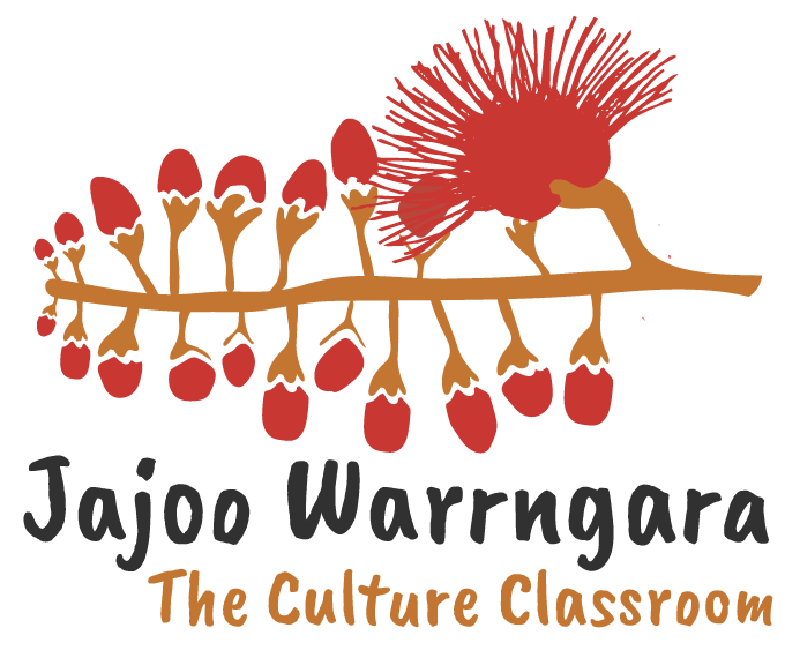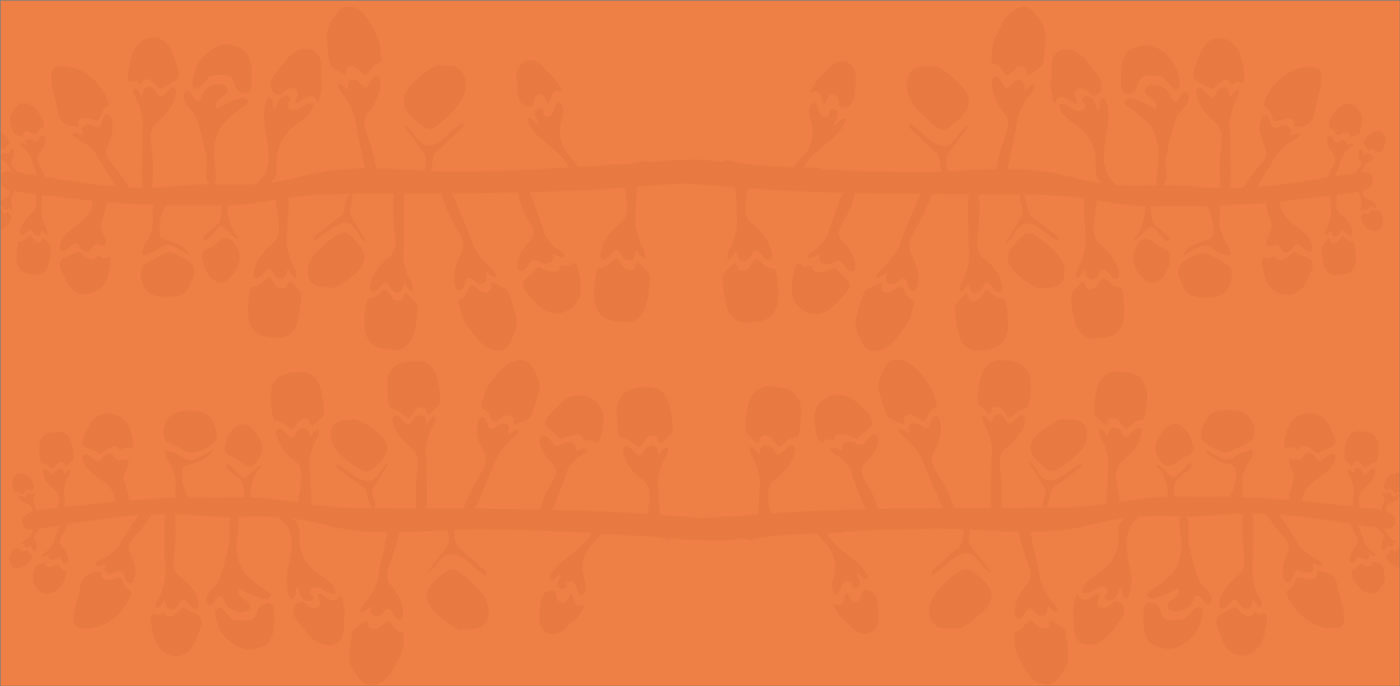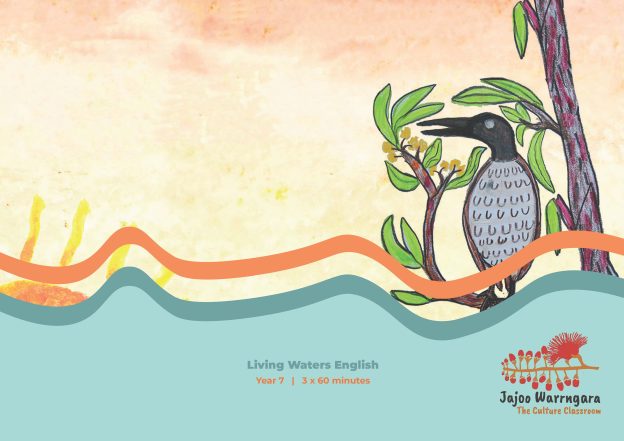Explore the importance of water for First Nations peoples. The starting point for learning is through the representation of water in four Aboriginal creation stories. Students will examine the language used in descriptions of water, text types and illustrations used in the stories.
Cross Curriculum Priorities
Aboriginal and Torres Strait Islander Histories and Cultures
A_TSICP1 First Nations communities of Australia maintain a deep connection to, and responsibility for, Country/Place and have holistic values and belief systems that are connected to the land, sea, sky and waterways.
A_TSICP3 The First Peoples of Australia are the traditional owners of Country/Place, protected in Australian Law by the Native Title Act 1993 which recognises pre-existing sovereignty, continuing systems of law and customs, and connection to Country/Place. This recognised legal right provides for economic sustainability and a voice into the development and management of Country/Place.
A_TSIC1 First Nations Australian societies are diverse and have distinct cultural expressions such as language, customs and beliefs. As First Nations Peoples of Australia, they have the right to maintain, control, protect and develop their cultural expressions, while also maintaining the right to control, protect and develop culture as Indigenous Cultural and Intellectual Property.
A_TSIC2 First Nations Australians’ ways of life reflect unique ways of being, knowing, thinking and doing.
A_TSIC3 The First Peoples of Australia (Aboriginal Peoples) belong to the world’s oldest continuous cultures. First Nations Australians demonstrate resilience in the maintenance, practice and revitalisation of culture despite the many historic and enduring impacts of colonisation, and continue to celebrate and share the past, present and future manifestations of their cultures.
Curriculum Links
-
AC9E7LE01 identify and explore ideas, points of view, characters, events and/or issues in literary texts, drawn from historical, social and/or cultural contexts, by First Nations Australian, and wide-ranging Australian and world authors
AC9HG7K07 the cultural connectedness of people to places and how this influences their identity, sense of belonging and perceptions of a place, in particular the cultural connectedness of First Nations Australians to Country/Place
AC9HG7K03 the economic, cultural, spiritual and aesthetic value of water for people, including First Nations Australians
AC9LC8C03 interpret information, ideas and opinions in a range of spoken, written and multimodal texts, and respond appropriately to cultural context, purpose and audience
Unit Content



